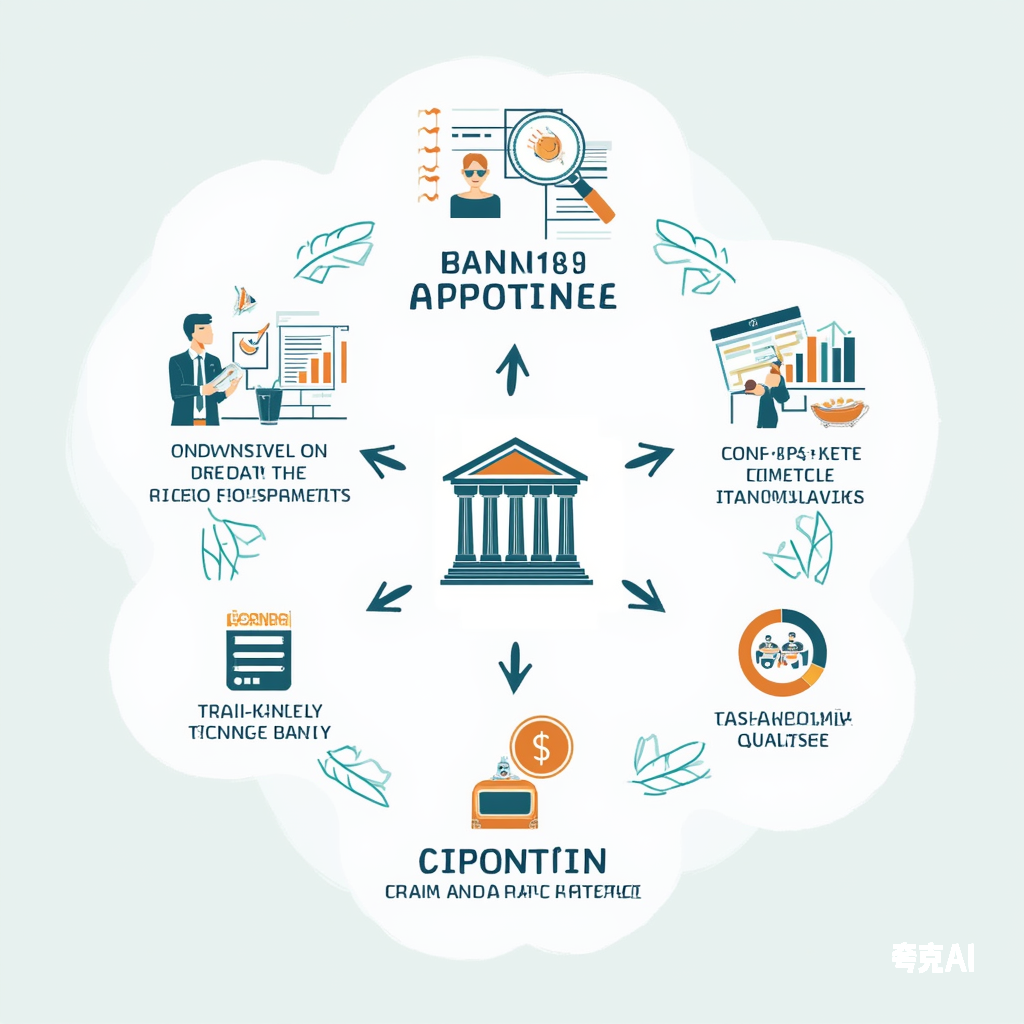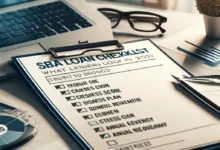Blending Detective Work with Credit Risk Analysis
The blockbuster film Detective Chinatown 1900 captivated audiences with its sharp investigative techniques—meticulous observation, multi-source verification, structured interrogation, and behavioral profiling. These methods, rooted in traditional Chinese “Observe, Listen, Inquire, Analyze” (望闻问切) principles, offer a powerful framework for bank credit risk assessment, particularly in pre-loan due diligence.
In an era of rising financial fraud and complex borrower profiles, banks must adopt forensic-level scrutiny to uncover hidden risks. This article explores how detective-inspired credit analysis can strengthen loan underwriting, mitigate defaults, and enhance fraud detection—while integrating modern fintech tools for a next-generation risk management approach.
Part 1: The “Detective Chinatown” Framework for Loan Investigations
1. Observe (望): The Art of Scene Investigation
“What you see is often more revealing than what you’re told.”
Detectives scrutinize crime scenes for overlooked details; lenders must apply the same rigor to business site visits and personal borrower assessments.
Key Tactics:
- Operational Forensics
- Inspect machinery wear-and-tear, inventory turnover, and employee morale (e.g., a factory claiming high output but with idle equipment).
- Cross-check utility bills (electricity/water usage) against reported production volumes.
- Lifestyle Audits for Individuals
- Verify home ownership, vehicle condition, and discretionary spending against declared income.
- Example: A borrower reporting a 60ksalarybutdrivinga60ksalarybutdrivinga100k luxury car warrants deeper scrutiny.
- Case Study
- A restaurant’s POS system showed 200 daily transactions, but CCTV revealed only 30 customers—exposing sales inflation fraud.
2. Listen (闻): Gathering Intelligence from the Ecosystem
“Rumors and whispers often hold the truth.”
Detectives interview witnesses; lenders must tap into supplier networks, industry gossip, and digital footprints.
Key Tactics:
- Supply Chain Verification
- Contact vendors to confirm payment terms (e.g., a company boasting 90-day payables but suppliers reporting 180-day delays).
- Social Media & Dark Data
- Scan for undisclosed business ventures, legal disputes, or lavish spending incongruent with income.
- Case Study
- A manufacturer denied corporate guarantees—until business registry data exposed a shell company with $5M in hidden liabilities.
3. Inquire (问): The Interrogator’s Playbook
“Ask the right questions, and lies unravel.”
Detectives break alibis with precision questioning; lenders must structure interviews to reveal inconsistencies.
Key Tactics:
- SAD Technique
- Specifics: “Walk me through your biggest sale last quarter—client name, contract terms, delivery date.”
- Actions: “How did you resolve your 2024 inventory backlog?”
- Data: “Show me bank statements matching these sales figures.
- Stress Testing
- “If your main supplier collapses, what’s your Plan B?”
- Case Study
- A trader claiming $8M annual revenue couldn’t name his shipping partners—exposing fictitious transactions.
4. Analyze (切): Behavioral Profiling & Data Forensics
“Numbers don’t lie, but liars manipulate numbers.”
Detectives profile suspects; lenders must decode financial statements and transaction anomalies.
Key Tactics:
- Cash Flow Autopsy
- Compare net profit to operating cash flow (e.g., a firm reporting 35% gross margins but actual cash inflows suggesting 18%).
- Transaction Pattern Analysis
- Flag atypical activity (e.g., midnight payroll runs or circular payments between related entities).
- Case Study
- A garment exporter’s alleged “record profits” collapsed under fabric procurement vs. sales reconciliation.
Part 2: Modernizing Detective Work with Fintech
1. IoT & Digital Verification
- Smart Meters: Monitor factory power consumption to validate production claims.
- Geolocation Tracking: Confirm borrower’s business travel aligns with stated operations.
2. AI-Powered Behavioral Analysis
- Microexpression Detection: AI tools flag stress responses during loan interviews.
- Voice Biomarkers: Analyze speech patterns for deception cues.
3. Knowledge Graph Risk Mapping
- Visualize hidden ownership ties, guarantee chains, and money flow loops among related entities.
Part 3: Implementing the System—A Step-by-Step Guide
Phase 1: Pre-Field Preparation
- Data Mining: Scrape regulatory filings, court records, and news for red flags.
- Checklist Design: Tailor forms to industry-specific risks (e.g., construction firms’ subcontractor dependencies).
Phase 2: On-Site Execution
- The “5-Minute Walkthrough”: Rapidly assess workspace organization, workflow efficiency, and documentation rigor.
- Silent Observation: Note employee interactions (e.g., whispered complaints about unpaid wages).
Phase 3: Post-Visit Synthesis
- Triangulate Findings: Contrast owner statements with physical evidence and third-party data.
- Risk Scoring: Rate borrowers on a Detective Trust Index (DTI) scale.
Conclusion: The Investigator-Lender of the Future
Banks that embrace detective-style due diligence will outperform peers in fraud prevention and loan performance. By merging human intuition with machine intelligence, lenders can:
✅ Reduce NPLs by 30–50% through deeper vetting.
✅ Cut approval times via automated cross-verification.
✅ Build borrower trust with transparent, evidence-based decisions.
Call to Action
Train teams in forensic interviewing, invest in predictive analytics, and adopt a “guilty until proven innocent” mindset toward data. The future of credit isn’t just about algorithms—it’s about thinking like a detective.
🥳 Love My Content?
Fuel more free guides with a beer! 🍺
(Every sip makes the keyboard dance!)
Secured via PayPal • No account needed

 SinoLoanHub: Expert Business Loan Solutions for North American Companies
SinoLoanHub: Expert Business Loan Solutions for North American Companies






